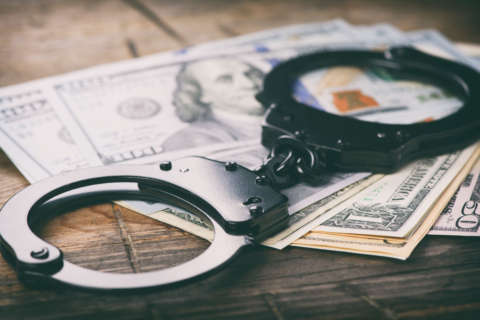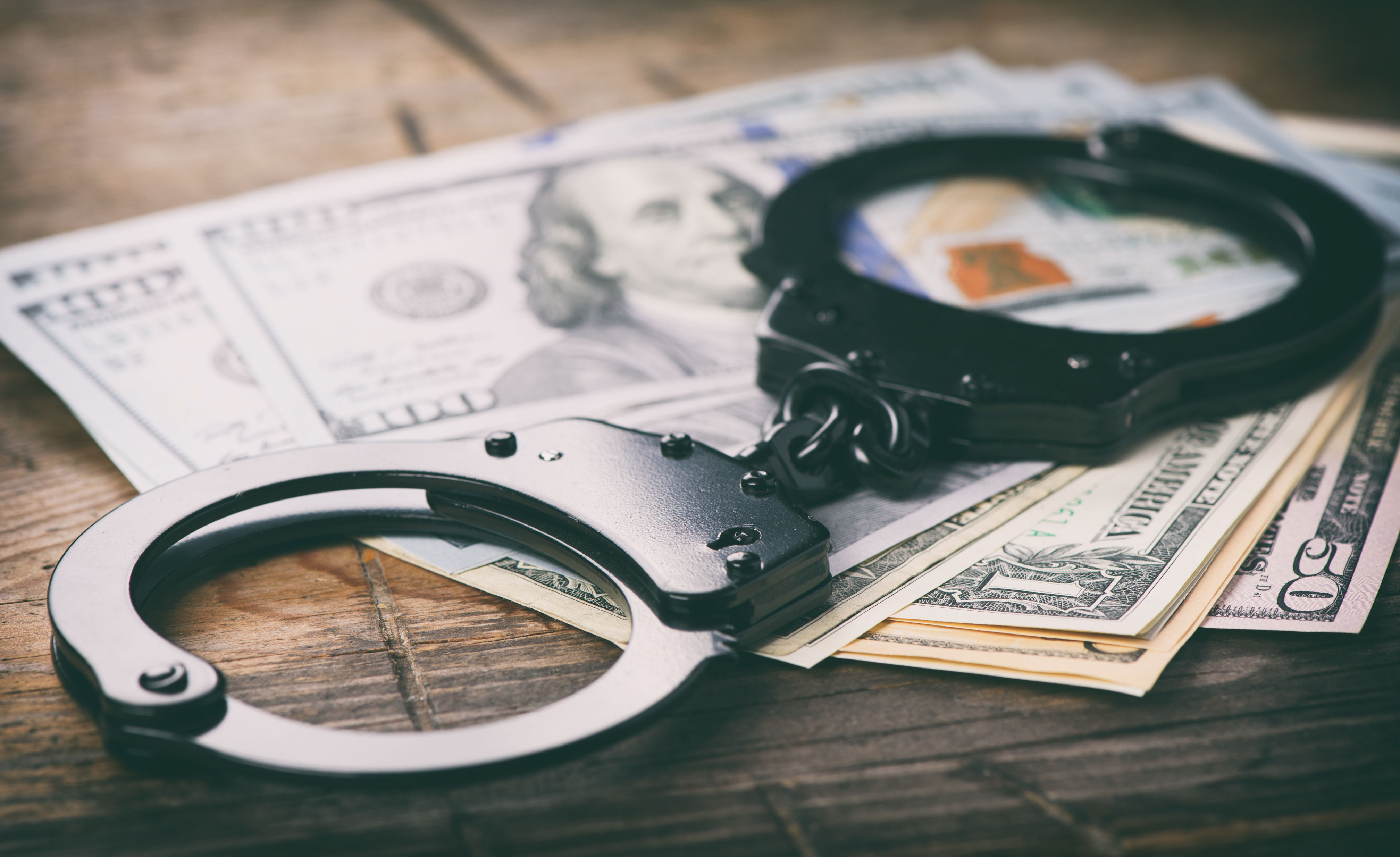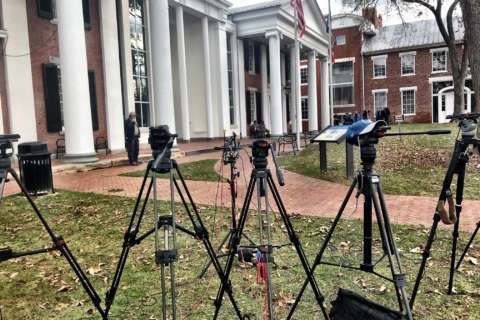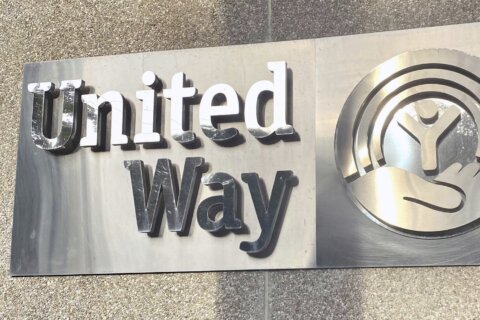
WASHINGTON — Human trafficking has long been considered an international problem, but experts are reminding the public that it’s happening here, and that there are ways to spot it while traveling.
The odd behavior of human trafficking can draw attention: large groups who are seemingly organized by one person, who are often silent and who don’t handle their own money.
“If you do this gut check and you look and you don’t think something is right … you know you need to make that phone call,” said the American Trucking Association’s Elizabeth Barna during an online forum about the Department of Homeland Security’s Blue Campaign against human trafficking.
Barna trains the nation’s truckers to recognize human trafficking.
More and more, the groups are being led by women as the pimps, she said. If the opportunity presents itself to talk with someone in a seemingly silent, scared group, she suggested asking if their family knows where they are or about the last time they saw their family.
Look for “a tattoo of who their pimp name is, it’s usually on their neck. That’s their ownership. If you try to talk to them and they’re not allowed to talk to you or someone answers for them, that’s definitely a sign to look for,” Barna said.
Amtrak and Delta Air Lines are among the Blue Campaign’s other participants. Their employees are trained to act if a passenger reports a concern.
“Reach out to our Amtrak police department, or walk up to a uniformed officer and explain to them what you’ve seen,” suggested Amtrak’s James Lewis.
Oftentimes, victims being trafficked will not break any laws, and it’s hard to report, or others dismiss the behavior as odd, said Scott Santoro of the Federal Law Enforcement Training Center.
“We’ve never seen as large of a demand in human trafficking as we do now,” said Santoro, whose organization is responsible for training the employees of 95 federal partners.
However, because trained individuals are present around most transportation channels and because police officers are just a call away, citizens should not to get involved if they suspect a human-trafficking situation, Santoro emphasized.
“We don’t want to put citizens also in harm’s way,” he said, “not just their own harm, but we don’t know if the trafficker is observing that situation, and you may be putting a victim in harm’s way.”
Trusting your gut is a good rule of thumb, Santoro said, after explaining how law enforcement officers sometimes dismiss the signs.
“We train up law enforcement for a reason. These are the guys with the guns and have the training. We want to tip them on where to go. We don’t necessarily want civilians interfering or getting in the middle of that,” Santoro said.
Jan. 11 was National Human Trafficking Day, which many companies including those listed above observed by training employees to identify warning signs.









